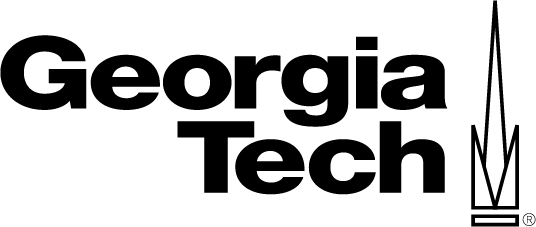|
|
|
|
|
|
Proximity Effect Correction:
Electron beam lithography is able to provide high resolution patterning. However, the effect of electron scattering in resist and substrate leads to an undesired influence in the regions adjacent to those exposed by the electron beam. This effect is called the proximity effect. This paper presents a study on the cause of the proximity effect and methods to correct for it.
Point Spread Function (PSF):
A PSF describes how electrons scatter in a material. A PSF can be generated by Monte Carlo simulation of electrons that have been accelerated in free space in a z direction by a specified energy at a single insertion point through a specified material (or layers of materials) of defined thickness and density. A PSF is the final energy distribution after accounting for all scattering events in a radial x (lateral) direction at a specific point in z (vertical) direction (e.g. in the resist layer). A PEC program can use this PSF to model dose distribution based on a pattern layout. A PSF has a fair amount of detail and can result in long computation times. To speed up processing time, a PSF can be represented by a simpler double Gaussian approximation. To simplify matters even further, forward scattering can be ignored, and only backscattering can be considered, and then only a single Gaussian representation is used. We use the terms Beta and eta to discribe this simple single Gaussian where Beta is the range in microns of electron scattering, and eta is the ratio of the backscatter energy distribution relative to the energy at the initial entry point in the exposed pattern.
Yale Point Spread Functions
Discussion on PEC/PSF with some usable values
CASINO free PSF generator
Resist Proximity Effect Characterization Test Pattern:
This Excel file can help you characterize the right dose you need to use for a given line width and spacing in your resist and substrate process.
These two files, (file 1) and (file 2), are AutoCAD
files you can use, if you would like to modify them for your own purposes.
|


